 Overactive bladder (OAB) is an uncomfortable and stressful condition. Characterized by a sudden involuntary bladder contraction that triggers a compelling urge to pass urine, OAB may lead to urine leakage or the need to pass urine several times during the day or night. As a result, having an overactive bladder makes it difficult to go through the day without several visits to the bathroom.
Overactive bladder (OAB) is an uncomfortable and stressful condition. Characterized by a sudden involuntary bladder contraction that triggers a compelling urge to pass urine, OAB may lead to urine leakage or the need to pass urine several times during the day or night. As a result, having an overactive bladder makes it difficult to go through the day without several visits to the bathroom.
Bothersome Symptoms
While the symptoms of OAB may be less troublesome when you are at home, they can be a problem in a public or unfamiliar place. No one wants to rush out of meetings with important clients or friends for fear of not making it to the restroom in time.
The fear instilled by overactive bladder can interfere with your ability to go out with friends, work, exercise, and even sleep. It can also disrupt your sex life, leave you tired and short-tempered, or cause rashes or infection due to the leaks. And the whole experience may leave you feeling unhappy and hopeless.
Strategies for Overcoming Overactive Bladder
The good news is that overactive bladder can be controlled. In fact, many patients overcome OAB without the need for invasive medical and surgical procedures. The key to successful treatment is seeing a urologist early to assess your condition and identify steps to help you manage the symptoms and regain control over your bladder.
Lifestyle measures may include changing what you eat or drink, pelvic floor exercises, and pre-planned bathroom visits. When lifestyle changes are unsuccessful, medical and surgical interventions may be necessary.
Behavioral Changes
1. Reducing fluid intake
Restricting fluid intake reduces your urinary output and helps control OAB symptoms. Since the symptoms of overactive bladder usually occur after a certain critical urinary volume is reached in the bladder, limiting fluid intake ensures it takes longer to reach this critical volume.
By consuming most of your fluid before 7 PM, you can lessen your nocturnal frequency. If you are on diuretic medications, you can check with your urologist to see whether they can be changed.
2. Limiting foods and drinks that trouble your bladder
Alcohol and caffeine (present in coffee, tea, colas, chocolate and some energy drinks) irritate the bladder and increase urinary output. By reducing the intake of these beverages and foods, you can improve your bladder control.
Foods such as fruits and vegetables have hidden water content, so you can limit additional beverages when eating healthy fresh produce. You might also want to reduce or abstain from spicy foods, citrus fruits, and artificial sweeteners, foods made with tomatoes, soda, and other fizzy drinks.
Because the chemical constituents of tobacco constrict blood vessels, impair blood flow, decrease oxygenation, and promote inflammation—affecting the bladder, urethra and pelvic floor muscles—quitting cigarette smoking will improve your OAB symptoms.
3. Keep a bladder diary
Writing down the time and triggers for your trips to the bathroom can help you understand your body better. After a few days, your diary will show you the things that make your symptoms worse. For instance, you may realize that your symptoms get worse after you eat or drink a certain food. This helps you to decide what changes to make in your diet.
4. Weight loss and regular exercise
Excess weight puts pressure on the urinary bladder and worsens overactive bladder. Even modest weight loss may improve your overactive bladder symptoms.
Lower impact exercises, such as yoga, cycling, Pilates, and swimming, can help to alleviate pressure on the urinary bladder by boosting core muscle strength and tone. As a result, OAB symptoms improve.
Due to the proximity of the rectum to the bladder, a full rectum can put pressure on your bladder, resulting in worsening of urgency, frequency and incontinence. Taking steps to avoid constipation will improve bladder control.
Voiding Measures and Bladder Retraining
You can overcome overactive bladder by managing how and when you void. Ways to manage voiding include delayed (inhibited) voiding, timed voiding, and double voiding. Bladder retraining gradually imposes increased intervals between voids and establishes a more normal pattern of urination.
Delayed voiding means you practice waiting before you can go into the bathroom, even when you feel the urge. At the beginning, you may try waiting a few minutes, then gradually increase your waiting time to achieve a delay of up to 2-3 hours.
By timed voiding, you follow a daily pre-planned bathroom schedule. That is, instead of going to the bathroom every time you feel the urge, you go at set times during the day. For example, you may try to pass urine every 2-4 hours regardless of whether you have the urge to go or not. The goal of doing this is to prevent an urgent uncontrollable feeling and to regain control over your bladder.
Double voiding (emptying your bladder twice) helps if you have trouble emptying your bladder. After you go to the bathroom, try again a minute later.
Pelvic Floor Muscle Training
Pelvic floor muscle exercises, also called Kegel exercises, help to stimulate inhibitory reflexes between the bladder and the pelvic floor muscles. By exercising your pelvic floor muscles rhythmically, you can inhibit involuntary contraction before and after it begins.
Kegel exercises target muscles that relax the bladder. To perform the exercises, you should begin by mastering the presence, location, and nature of the pelvic floor muscles. A simple means of identifying the muscles is to start urinating and then, when about halfway completed, to abruptly stop the urine stream.
Once you locate the muscles, squeeze them just before and during the trigger for urgency or incontinence. This will diminish the urgency and help avoid the incontinence. When performing Kegel exercises, always squeeze and relax the muscles repeatedly when you feel the urge to pass urine.
Medications
Bladder relaxant medications can help you suppress overactive bladder symptoms, although you may need several trials of different medications or combinations of medications to achieve optimal results.
Your urologist will prescribe medication either in conjunction with behavioral modification or after behavior modification has been tried unsuccessfully. The drugs prevent involuntary contractions of the bladder muscles by relaxing and stabilizing them.
Biofeedback and Botox injections
Biofeedback is an adjunct to training pelvic floor muscles in which electronic instrumentation is used to transmit feedback information about pelvic floor muscle contractions. It enhances awareness and strength of pelvic floor muscles.
In other cases, your urologist may opt for Botox—a simple procedure usually done in the doctor’s office—where it is injected directly into the bladder muscle to help reduce OAB symptoms. Once injected, Botox helps to relax areas of the bladder where it is injected. Botox injections generally last 6-9 months and are covered by Medicare and most insurance companies.
Percutaneous Tibial Nerve Stimulation (PTNS) and Interstim
PTNS is a minimally invasive form of neuro-modulation. A tiny acupuncture-style needle is inserted near the tibial nerve in the ankle and a hand-held stimulator used to generate electrical stimulation with the intent of improving OAB symptoms. The procedure is performed once every week for 12 weeks.
In some cases, your urologist may opt for the more invasive form of neuro-modulation, called interstim. During the interstim procedure, electrical impulses are used to stimulate and modulate the sacral nerves in the effort to relieve OAB symptoms. A battery-powered neuro-stimulator (bladder “pacemaker”) is used to provide the mild electrical impulses that are carried by a small lead wire to the stimulated sacral nerves affecting bladder function.
Surgery for Overactive Bladder
Treating OAB with surgery is not common and is usually reserved for cases where other treatment plans have failed. Surgery may increase the physical size of the bladder by using portions of the bowel to replace and expand a section of the bladder.
At St Pete Urology, our approach to helping you overcome overactive bladder includes lifestyle changes and medical treatments such as prescription drugs, bladder Botox treatment, nerve stimulation, and surgery. Our specialist team of urologists is experienced at dealing with overactive bladder through proper diagnosis and treatment. You can be sure your consultation will lead to a recommendation of the best possible treatment options for you. Schedule your appointment with us and begin your journey to freedom from overactive bladder. For more information on overcoming overactive bladder and other urologic conditions, visit the St Pete Urology website.
 Tonight we’re going to talk about bowel and bladder control primarily, so Dr. Graves and I both actually trained together at the University of Pennsylvania in Philadelphia. And we’ve been each practicing for close to ten years and we’ve had five years of urology training in residency and med school before that. And the topic tonight is something that we do have a lot of focus in and enjoy taking care of and have specialty in.
Tonight we’re going to talk about bowel and bladder control primarily, so Dr. Graves and I both actually trained together at the University of Pennsylvania in Philadelphia. And we’ve been each practicing for close to ten years and we’ve had five years of urology training in residency and med school before that. And the topic tonight is something that we do have a lot of focus in and enjoy taking care of and have specialty in. 
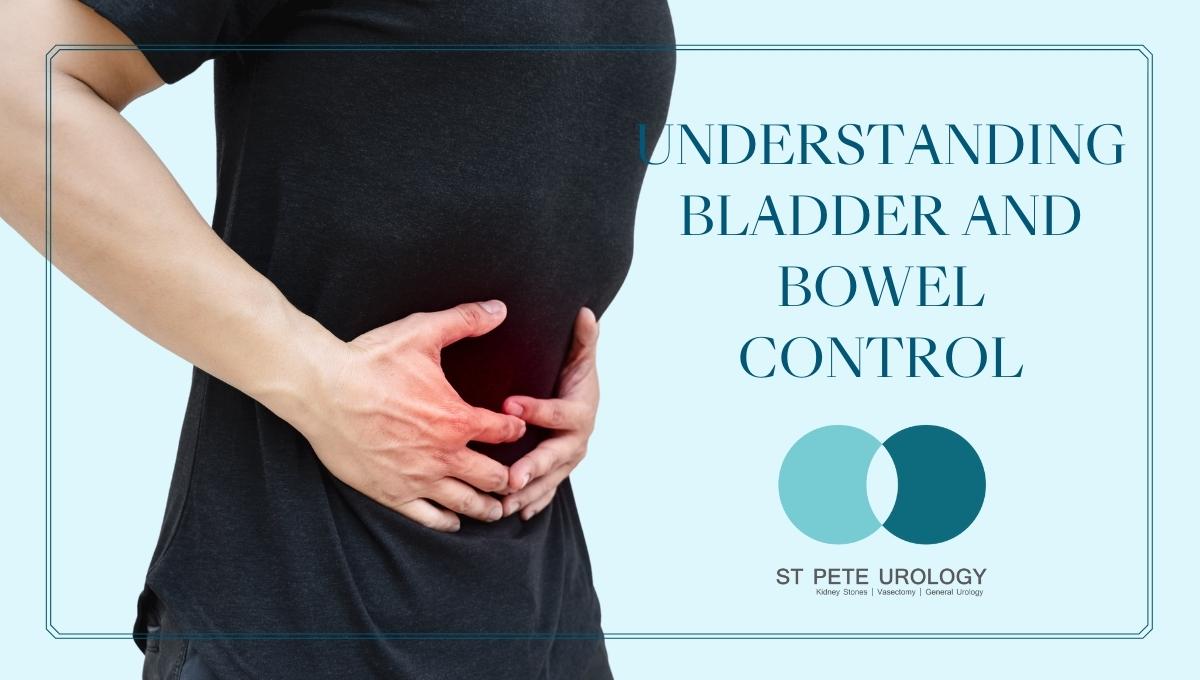
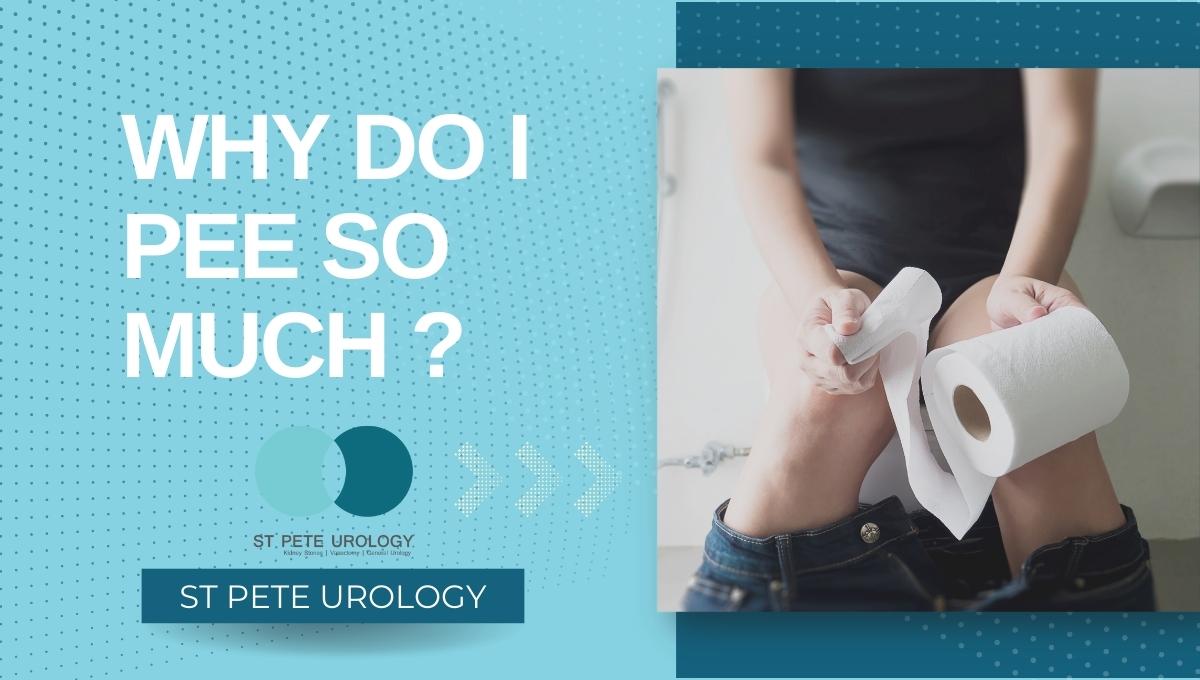
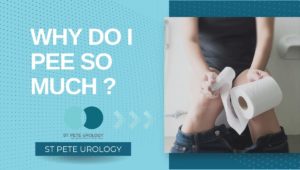 Peeing can be an inconvenience when it gets more frequent and urgent.
Peeing can be an inconvenience when it gets more frequent and urgent.
 Urinary incontinence is a frustrating, embarrassing condition. Who wants to always be on the lookout for the nearest restroom, or have to deal with an unexpected leak during a cough, sneeze or lifting a weight.
Urinary incontinence is a frustrating, embarrassing condition. Who wants to always be on the lookout for the nearest restroom, or have to deal with an unexpected leak during a cough, sneeze or lifting a weight.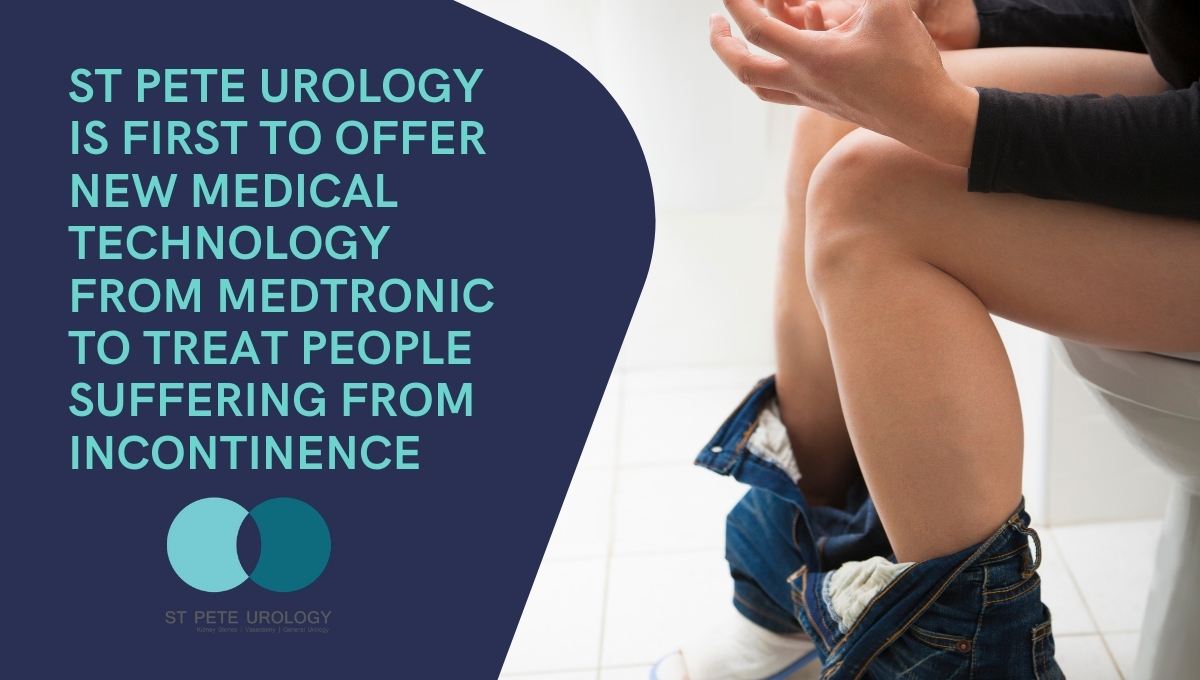

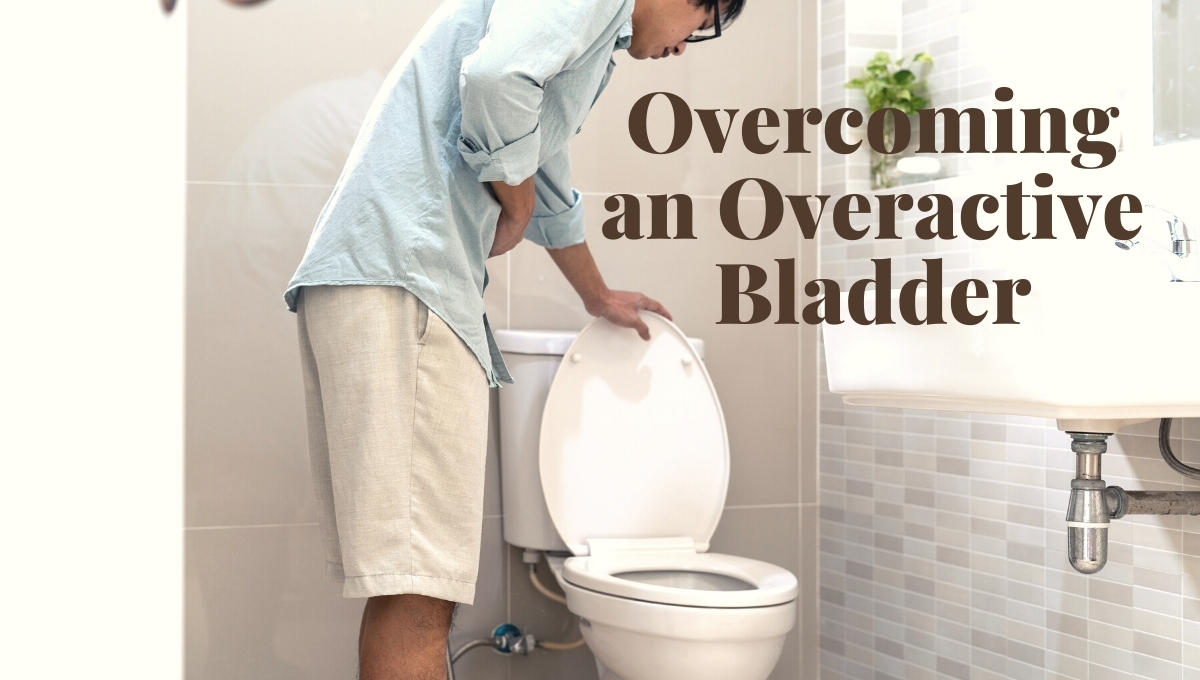
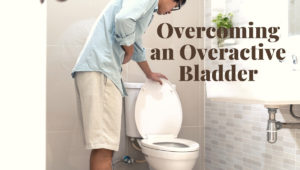 Overactive bladder (OAB) is an uncomfortable and stressful condition. Characterized by a sudden involuntary bladder contraction that triggers a compelling urge to pass urine, OAB may lead to urine leakage or the need to pass urine several times during the day or night. As a result, having an overactive bladder makes it difficult to go through the day without several visits to the bathroom.
Overactive bladder (OAB) is an uncomfortable and stressful condition. Characterized by a sudden involuntary bladder contraction that triggers a compelling urge to pass urine, OAB may lead to urine leakage or the need to pass urine several times during the day or night. As a result, having an overactive bladder makes it difficult to go through the day without several visits to the bathroom.
 Kegel exercises are for strengthening pelvic floor muscles. They involve contracting and relaxing, clenching and releasing those muscles. Also called pelvic floor exercises, Kegels strengthen and coordinate the muscles that support the bladder, rectum, uterus and small intestines. The strengthening, in turn, helps to prevent the accidental passing of stool or gas, stops bladder leaks, and improves orgasm.
Kegel exercises are for strengthening pelvic floor muscles. They involve contracting and relaxing, clenching and releasing those muscles. Also called pelvic floor exercises, Kegels strengthen and coordinate the muscles that support the bladder, rectum, uterus and small intestines. The strengthening, in turn, helps to prevent the accidental passing of stool or gas, stops bladder leaks, and improves orgasm.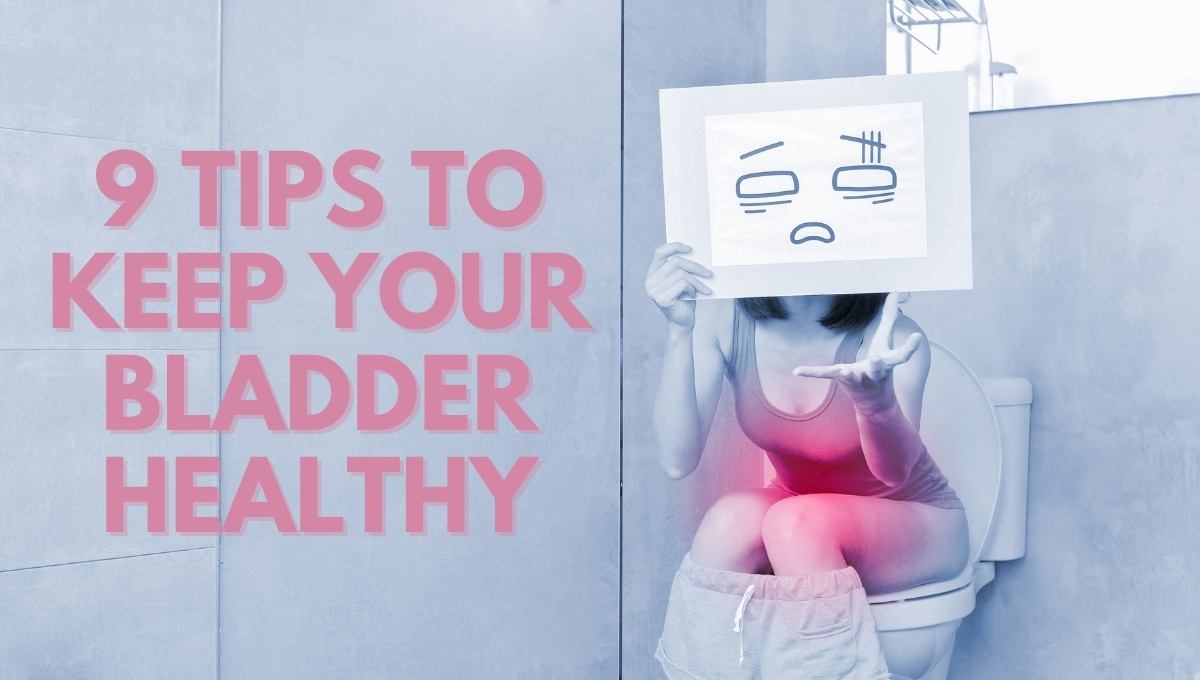
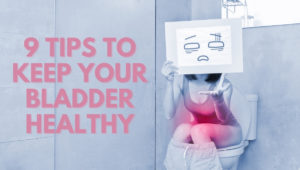 The bladder’s function is to store urine and allow urination to be infrequent and controlled. Bladder problems may lead to bothersome issues such as incontinence, infections and
The bladder’s function is to store urine and allow urination to be infrequent and controlled. Bladder problems may lead to bothersome issues such as incontinence, infections and 